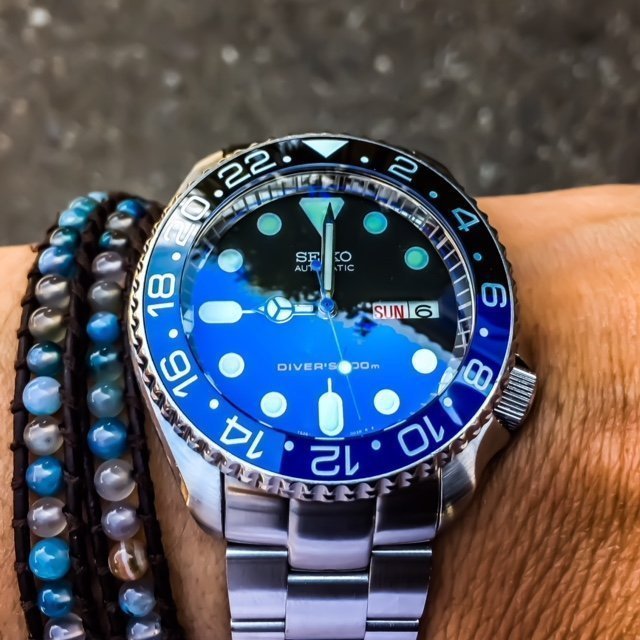Free & Fast USA Shipping Learn More
What is AR Coating and why is it used?

Whether you have a sapphire crystal watch in your collection or is planning to upgrade your mineral glass crystal, the importance of anti-reflective coating (AR coating) is a necessary feature that is often overlooked. It’s an invisible accent that can enhance the functionality of your sapphire crystal timepiece in more ways than one – from reducing glare to improving its cosmetic appearance.
What is an Anti-Reflective Coating and Its History?
Glass has various reflective properties, most of which tend to produce glare. With that in mind, observations made from centuries ago found that different reflective qualities have a direct impact on the performance of lenses.
That’s why John Willian Strutt, 3rd Baron Rayleigh, created and introduced the first concept of anti-reflective coating in lenses back in 1886. To this day, it remains a key component in several glasses – from optical lenses to sapphire crystals in watches.
Taking a closer look at its components, an AR coating is made up of different transparent layers that are applied to the crystals using the physical vapor deposition (PVD) process. This method is designed to enhance the performance of glass or lens without disrupting its clarity, making it a go-to textile surface that serves a higher function.
Using Anti-Reflective Coating on Sapphire Crystal Watches
Other types of crystals such as acrylic, mineral, hesalite, and more don’t necessarily benefit from AR coating as these surfaces are not reflective. Sapphire crystals, on the other hand, can produce blinding glare as soon as light hits the surface.
That’s why adding AR coating on all sapphire crystals has become more of a necessity than a luxury as it improves the legibility of the dial. AR coating can also influence the appearance as most have a certain tint to it. Different manufacturers and aftermarket suppliers offer a colorful selection of shades – from light blue to a deep purple.
Altering the Appearance of Your Watch
AR coating is especially prevalent in Seiko dive watches since watch collectors, and modders often swap the existing Hardlex crystal with a sapphire one. The CT037 Seiko model from Crystal Times, for instance, features a double dome design and a sapphire crystal that comes in either blue AR, red AR, or clear AR.
Available AR Coatings and It’s Impact on Durability
Just like any things in this world, AR coatings are also vulnerable to wear-and-tear. However, not all coatings are made the same as there are two ways to coat a sapphire crystal:
- AR Coating on Both Sides – Sapphire crystals are highly reflective, so adding double AR coating on both sides of the crystal can effectively remove glare altogether and improve readability. Unfortunately, it can also compromise the scratch-resistant quality of the sapphire crystal as AR coatings are easy to scratch.
- Underside AR Coating – On the other hand, applying just one AR coating on the underside of a sapphire crystal will not affect the scratch-resistant features. All of our AR Coating is applied to the underside only.
Conclusion: Anti-Reflective Coatings on a Watch Crystal Can Enhance Both Functionality and Cosmetic Appeal
AR coating is designed to improve the functionality and aesthetics of your watches, but consider its specs when choosing between AR coating on both sides or one side only. Both offer their distinct advantages and disadvantages, so your choice largely depends on your preference.
If you’re looking to switch up parts on your Seiko watch, get in touch with us today for Seiko mod parts in the USA. We’re happy to help!
